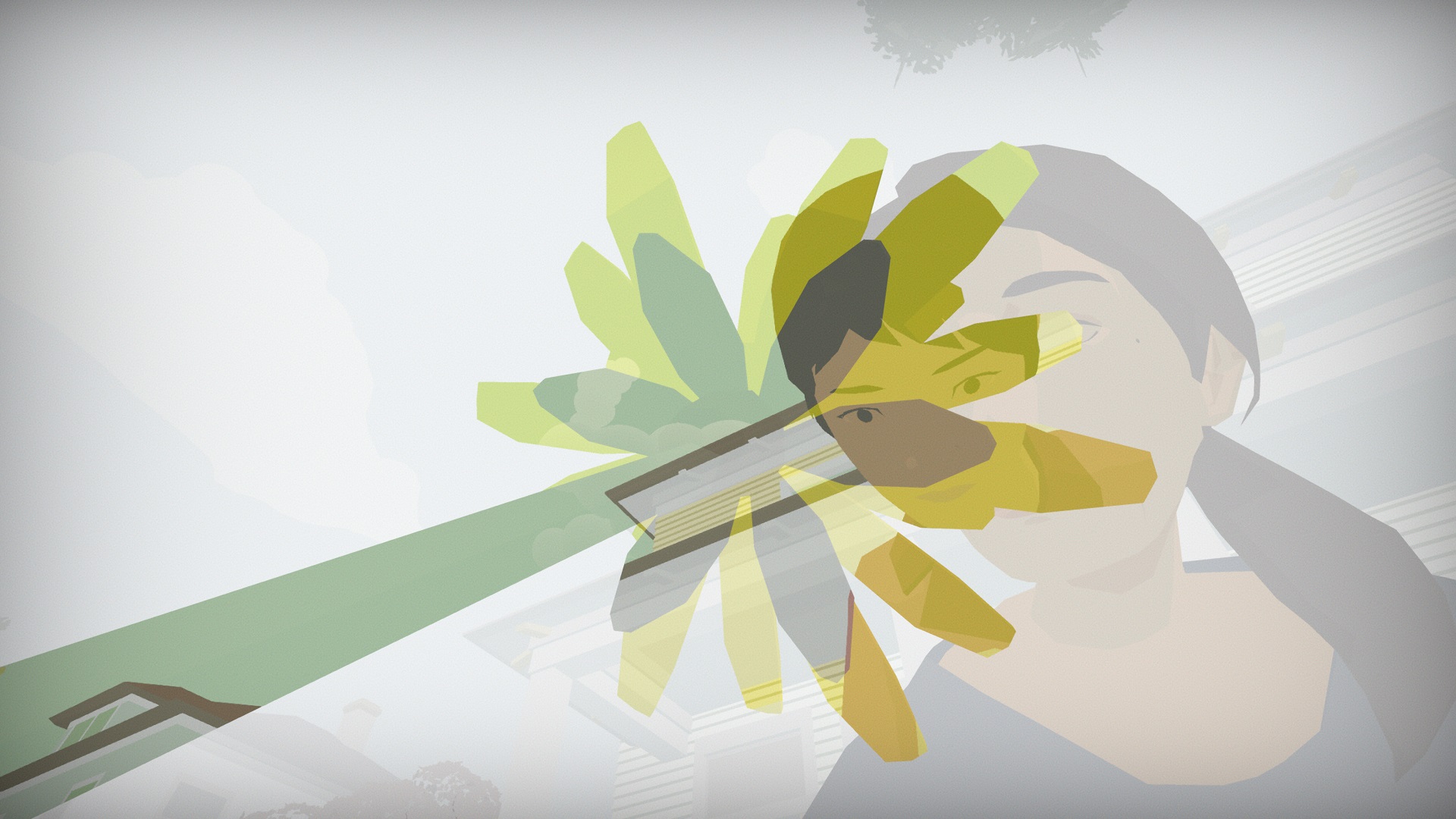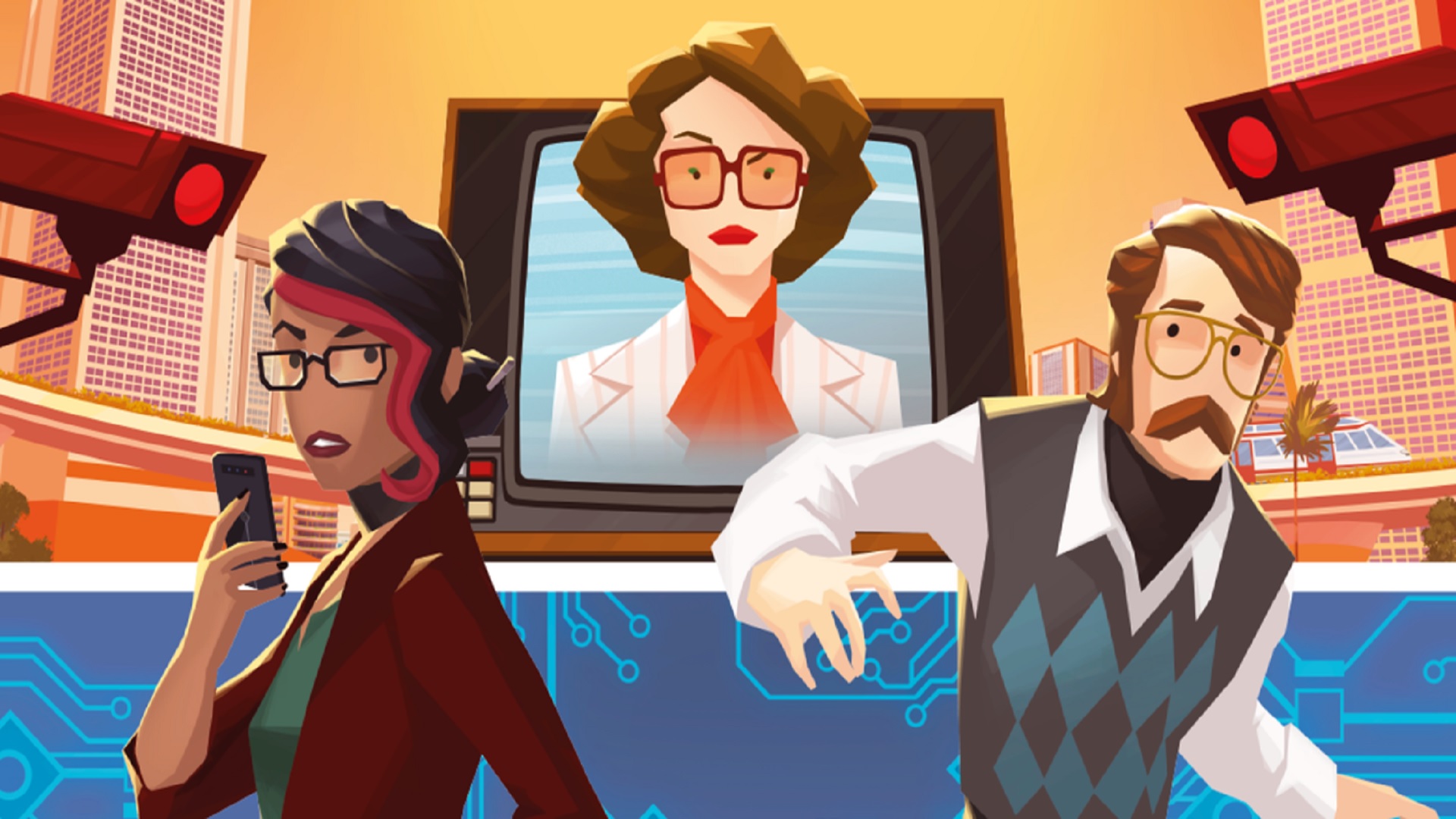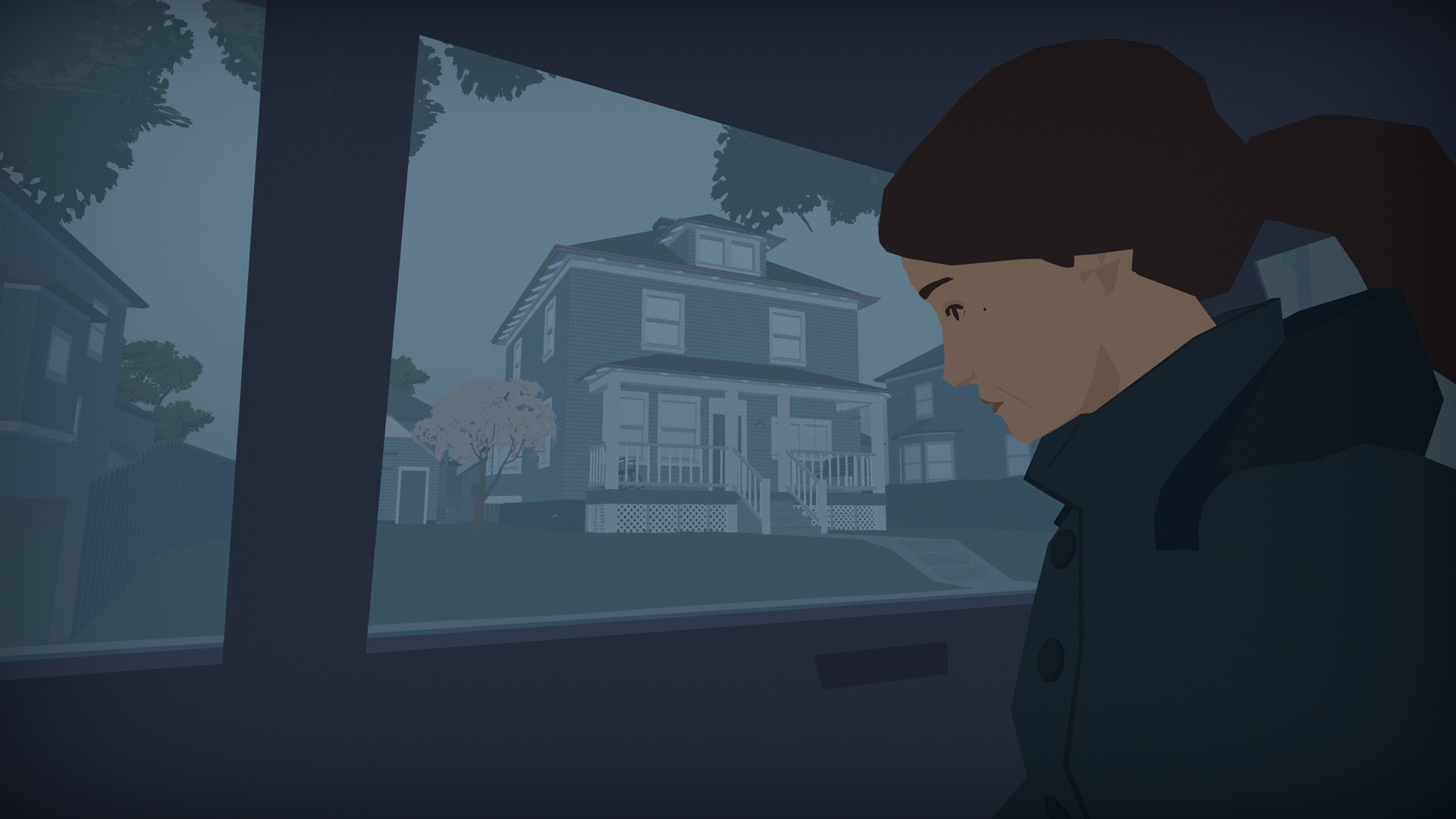Hindsight is a beautiful, reflective indie where belongings act as windows into the past
Creator and designer Joel McDonald and writer and narrative designer Emma Kidwell take us through Hindsight

I can still recall the exact size and shape of the key to my childhood home. Its brassy gold color, the weight of it in my pocket, how it felt when I turned it in the lock with a satisfying thunk. I always loved the way it looked – it was just like those old timey keys you'd see in the movies. Eventually the locks had to be changed, and the keys were replaced with smaller silver models, but I couldn't bring myself to let go of the now defunct brass one. Years later, long after the house was sold and it was no longer my home, I found that old key in a forgotten jewelry box. In an instant, I was right back at my front door – the key may no longer literally open the house I grew up in, but it still transports me back to a time when it did. I'm reminded of this old brass memento as I watch a scene unfold in Hindsight.
Hindsight is the upcoming narrative exploration game from Prune developer Joel McDonald. While keys traditionally open doors, the one that welcomes us into Hindsight opens up a window into a different place and time in protagonist Mary's life. After interacting with the key, it loses its color and the shape of it now frames a memory you can step directly into. Through the key, the scene transitions from an apartment building to the exterior of Mary's childhood home, where she has returned after the passing of her mother. With the task of clearing out the house, Hindsight invites you to explore Mary's memories through the belongings you interact with using a mechanic McDonald calls "apertures".
"It [Hindsight] started with the 'aperture' mechanic - entering through everyday objects and finding yourself in another time and place," McDonald says. "And that's something that mementos and photographs in the real world do for us all the time, they transport us into the past. It feels very natural to say that a particular object, like say a beach shell, takes us back to that vacation we had when we were nine years old. So the mechanic was just about taking this idea and using the magic of video games to make it literal."
A window into the past


American Arcadia took me to a utopian metropolis where nothing is as it seems
Once you enter into a memory through this aperture mechanic, you're free to explore the scene and find objects that will trigger a new one. A butterfly outside of the house, for example, draws you into a memory of Mary laying in a field of flowers as a child and gazing upon a cocoon in the grass. The cocoon then draws you into another memory in the woods, before another butterfly threads you back to the house again.
I love how Hindsight appears to capture the fragmented nature of memory, and how we often recall some moments more than others because of a particular detail or element that stood out to us. "Memory is a weird thing," McDonald says, "and we rarely remember life in vivid details but instead in bits and pieces – the laundry flapping in the wind on the clothesline in our backyard, or the sound of rain pattering against the window on an early summer day, Hindsight hopes to capture a little bit of this."
The aperture mechanic is visually striking, with objects moving and behaving differently depending on what they are. On one occasion, a young Mary is by a window where you have to connect raindrops to form the complete image of another memory. There's a light puzzle aspect to the apertures as you try to line them up or move them to enter into a past moment. We also learn more about each memory through Mary's thoughts. Sometimes, it can even sound as though Mary's reflections are said in conversation with her mother as she reminisces about certain moments in time.

"How do you even begin to capture somebody's life in video game form? How do you decide what to include versus not include? These questions kept us up at night and worked their way into the very core of the game."
Joel McDonald
As well as exploring memories through the lens of these apertures, Hindsight is, as writer and narrative designer Emma Kidwell explains, a "linear story about a mother and daughter relationship" that draws from the team's own experiences to an extent. "This is something I haven't been able to bring up much, but Mary is also half-Japanese like myself. This was a decision we made midway through the development process, so it was important that I took my life experiences and culture and all the love and baggage that comes with growing up to tell an emotional story. It was important for me to avoid tropes and stereotypes, and most of all, it was important to pick what parts of my life would serve as inspiration. I always like to say that I take a core truth from my life and then fictionalize the rest. I speak to something I know and understand, but then the rest is made up."
Weekly digests, tales from the communities you love, and more
As you set about clearing your mother's house of its belongings and reliving memories, there will be certain points where you can choose to pack away some of the objects you interacted with in your suitcase as keepsakes. Just as we'll have to decide what to take and what to let go of, one of the biggest challenges of creating Hindsight was working out what to include to paint a picture of Mary's life. "How do you even begin to capture somebody's life in video game form? How do you decide what to include versus not include? These questions kept us up at night and worked their way into the very core of the game," says McDonald. "They're questions that Mary, the protagonist, wrestles with as she cleans out her mother's house. How do you decide which parts of your life to keep, to remember, and which parts to leave behind?"
Hindsight is currently set to release later this year in 2022 on PC, Nintendo Switch, and iOS.

I started out writing for the games section of a student-run website as an undergrad, and continued to write about games in my free time during retail and temp jobs for a number of years. Eventually, I earned an MA in magazine journalism at Cardiff University, and soon after got my first official role in the industry as a content editor for Stuff magazine. After writing about all things tech and games-related, I then did a brief stint as a freelancer before I landed my role as a staff writer here at GamesRadar+. Now I get to write features, previews, and reviews, and when I'm not doing that, you can usually find me lost in any one of the Dragon Age or Mass Effect games, tucking into another delightful indie, or drinking far too much tea for my own good.


